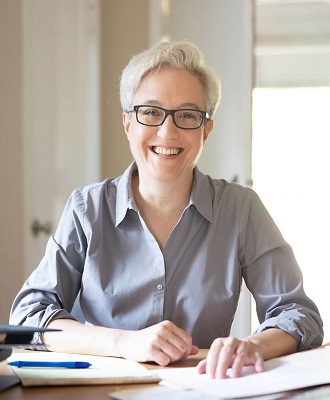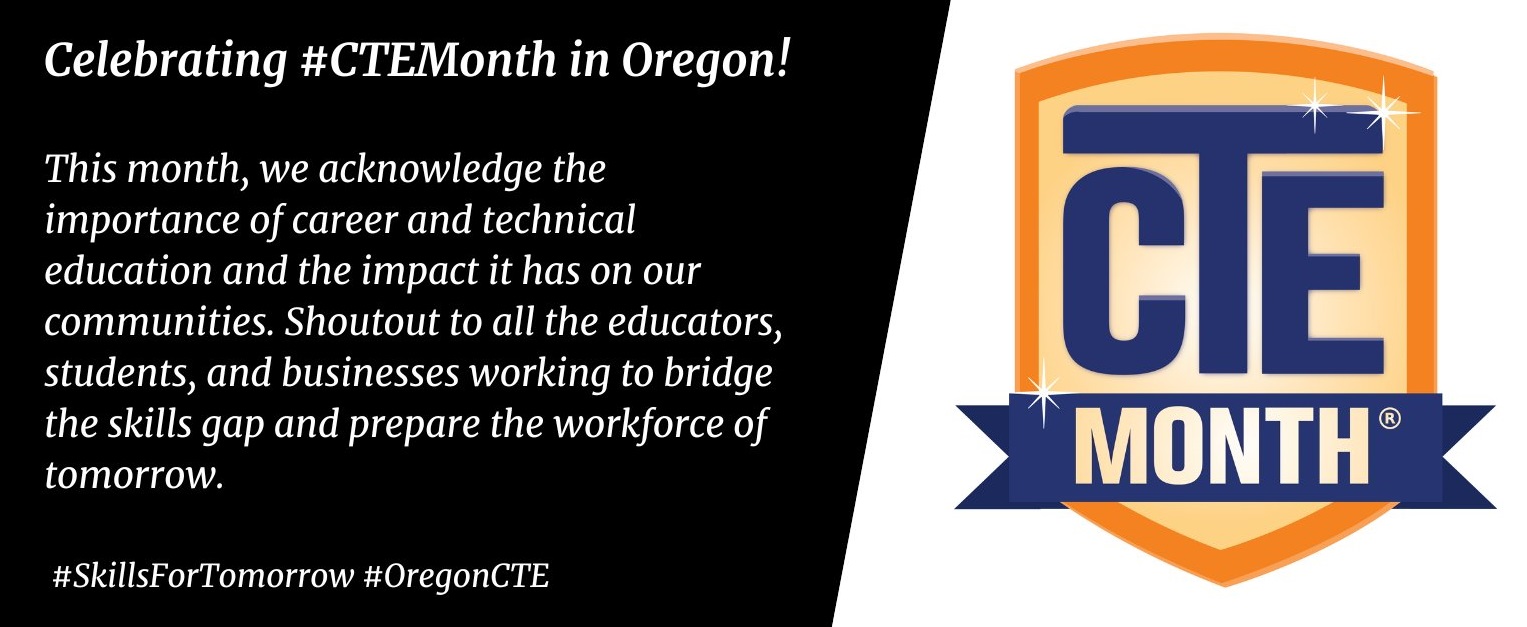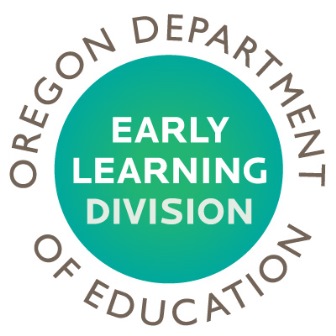Video and Column from Governor Kotek
 Governor Tina Kotek recorded a short video this week thanking educators, school employees and administrators.
Give it a watch!
Governor Tina Kotek recorded a short video this week thanking educators, school employees and administrators.
Give it a watch!
The Governor also wrote a column for the Oregonian outlining how her budget addresses Oregon’s biggest challenges, including education:
A fiscally prudent plan that tackles Oregon’s biggest challenges
Mission focused. That’s the title of the budget recommendation that I submitted to the state Legislature this past week, my first budget as Oregon’s governor.
I have heard from Oregonians in every corner of our state that there are three issues of top concern: housing and homelessness, mental health and addiction services, and education. My budget aims to chart a course that will make real progress in each of these areas so that families across our state start to see meaningful improvement in their everyday lives.
We are not going to solve all the state’s problems within a single budget cycle. But the cost of inaction or indecision would be devastating. That’s why my balanced budget makes significant investments in those three areas without raising new taxes.
Read the rest on the Oregonian website.
February is Career and Technical Education (CTE) Month

Career and Technical Education (CTE) makes a difference, but what is it? CTE programs are a sequence of courses that build knowledge, skills and abilities from an introductory to an advanced level.
In the more than
1,000 CTE programs offered in Oregon, learners delve into the practical, academic and technical aspects of in-demand career areas such as Information Technology (IT), cybersecurity, machine manufacturing, agronomy, business and management, and nursing.
The power of CTE to engage learners can be found in high-interest curriculum and learning experiences that mirror the real world and give learners a critical introduction into what they may want to do in their future career. CTE programs provide a foundation from which learners can understand the world of work and their place in it.
Typically three to four courses in high school provide a direct bridge into college CTE programs. The program provides an opportunity for students to find their passion through advising and mentoring. The focus is on the future and the opportunity to experience that future now, while in high school.
Data and information reporting in ODE’s Statewide Annual Report Card reflect higher four-year graduation rates for CTE concentrators across all ethnic groups. Learners experiencing disabilities have traditionally realized better post-school outcomes (PSO) when their education has included a CTE Program of Study and tend to have better post-school outcomes such as enrollment in college.
CTE Unleashes Students’ Talents
For the Class of 2022,
93% of Oregon high school students who completed two credits in an approved Career and Technical Education (CTE) Program of Study graduated in four years. By comparison, the graduation rate for the Class of 2022 as a whole was 81.3%. The CTE concentrator graduation rate has consistently exceeded that of all high school students. Oregon CTE Programs of Study captivate the interest and drives the persistence of learners engaged in them.
Stories of Success
The Register Guard featured Eugene’s Future Build program where students learn about all aspects of the construction industry, work directly with industry professionals and get to practice their skills through authentic projects. The work they do melds construction skills with life skills to position them well for the transition to college or straight to employment. Increasingly, the sequence of courses and experiences offered through a CTE Program of Study can qualify learners for entry into apprenticeship programs.
The Hermiston Herald talked with students at Umatilla High School about a new space available to them thanks to a collaboration between the district and Amazon Web Services (AWS). The new AWS Think Big Space at Umatilla High School links learners to advanced manufacturing technology, including industry quality Computer Numerical Control (CNC) equipment, improved Computer Aided Design (CAD) software and hardware support, and 3-D printing labs. All of these technologies, the instruction and experiences related to them, and the industry connections the learners forge help to develop a vision of the future.
More information on CTE in Oregon is available on the ODE website.
ELD Tribal Affairs Director Participates in Fellowship Class
The Division of Early Learning and Care (ELD) congratulates the ELD Tribal Affairs Director, Valeria Atanacio, for being accepted into the 2022-24 Fellowship Class with ZERO TO THREE!
ZERO TO THREE is a leading nonprofit dedicated to ensuring all babies and toddlers have a strong start in life. The organization’s
2022-24 Fellowship Class welcomes 20 global leaders to the premier leadership development program in the early childhood field. The fellows will embark on an intensive 18-month program to strengthen critical skills and deepen connections in their work to advance fair, equitable, and just change in programs, systems, and policies affecting the health and well-being of babies, young children, and families. This class was selected from the fellowship's largest applicant pool in the program's 32-year history. Early Learning Hub Director for Clackamas County Danielle “Dani” Stamm Thomas was also accepted into the fellowship class.
Atanacio serves as the Tribal Affairs director within the Early Learning Division, forming the agency's Office of Tribal Affairs and leading the co-creation of the Tribal Early Learning Alliance alongside tribal leaders from each of the nine federally recognized tribal nations in Oregon's borders. She is a member of the Confederated Tribes of Grand Ronde with ancestral ties to the Shoshone-Banook, Chinook, Northern Ute, Umpqua, and Tututni Tribal bands.
More Families Now Eligible For Employment Related Day Care program
 The Oregon Department of Human Services (ODHS) and ELD have expanded eligibility for affordable child care through the Employment Related Day Care (ERDC) program. The expansion took effect Jan. 1, and you can learn more about it
on the ELD website.
The Oregon Department of Human Services (ODHS) and ELD have expanded eligibility for affordable child care through the Employment Related Day Care (ERDC) program. The expansion took effect Jan. 1, and you can learn more about it
on the ELD website.
The primary changes to the program mean that students—in high school, a GED program, or college—no longer need to work to qualify for the child care assistance. Plus, all students will receive additional child care hours each week for study time. Additionally, many families will qualify for more child care hours due to a change in the way part-time and full-time coverage is calculated.
We invite providers to share this information with families they already serve. Additionally, if a provider would like to be listed with ODHS as a program that accepts ERDC families, there is
more information on the ODHS website about how to become listed.